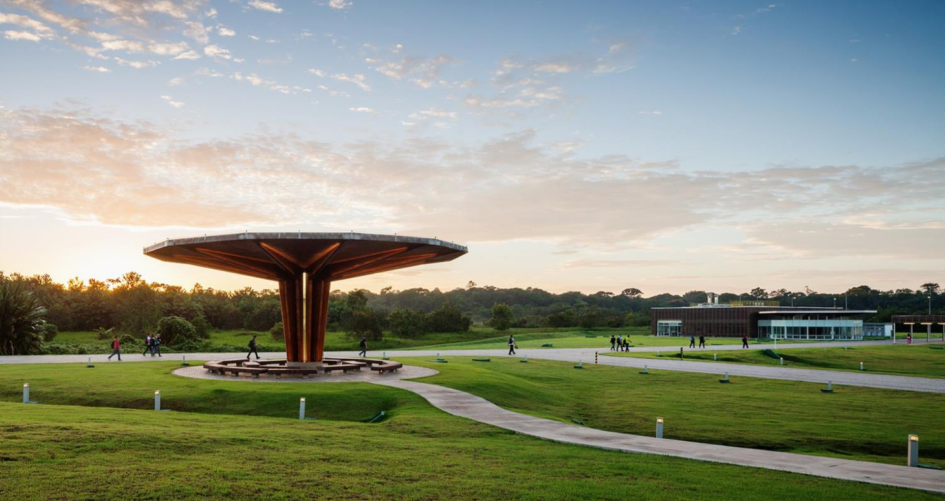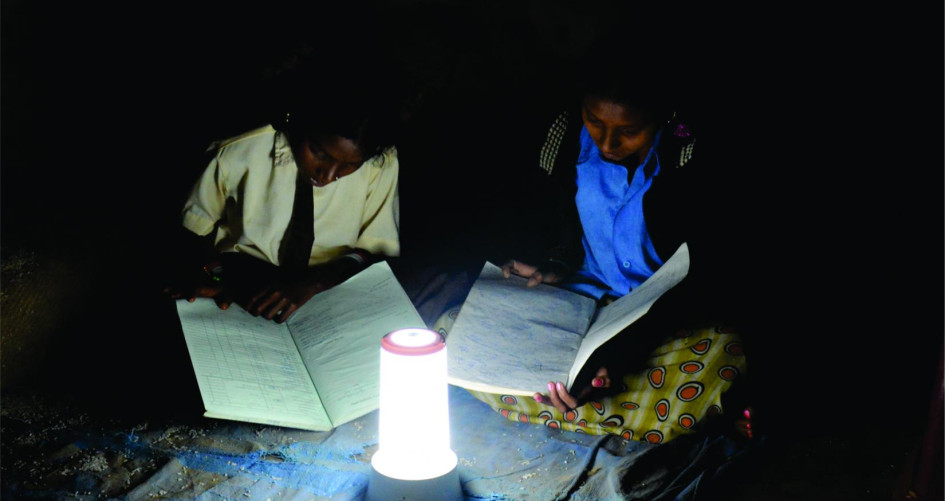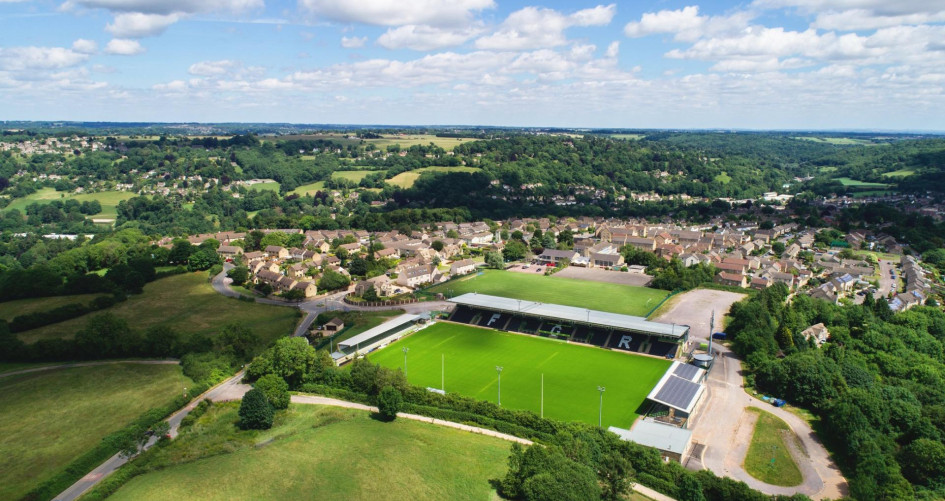The Paris Climate Change Agreement’s central aim is to strengthen the global response to climate change by keeping a global temperature rise well below 2 degrees Celsius above pre-industrial levels and to pursue efforts to limit the temperature increase even further to 1.5 degrees Celsius. To do so effectively requires that we achieve a climate neutral world by the second half of this century.
The UNFCCC secretariat launched its Climate Neutral Now initiative in 2015. The following year, the secretariat launched a new pillar under its UN Global Climate Action Awards focused on Climate Neutral Now, as part of larger efforts to showcase successful climate action around the world.
UN Global Climate Action Awards: Climate Neutral Now
To achieve climate neutrality, we must measure what we emit and then reduce those emissions. Even with our best efforts to reduce, daily activities and business operations will result in unavoidable emissions. This is why offsetting, only after measuring and reducing, is key for climate neutrality.
Climate neutrality is a three step process, which requires individuals, companies and governments to:
- Measure their climate footprint;
- Reduce their emissions as much as possible;
- Offset what they cannot reduce with UN certified emission reductions.
Over time the need for offsets is going to decline as energy systems become ever more low carbon, healthy ecosystems like forests expand and we arrive at a climate neutral world in the second half of the century. Climate change will affect everyone, yet everyone can effect positive change starting today and beginning now.
Learn more about all award-winning projects in Climate Neutral Now category below.















